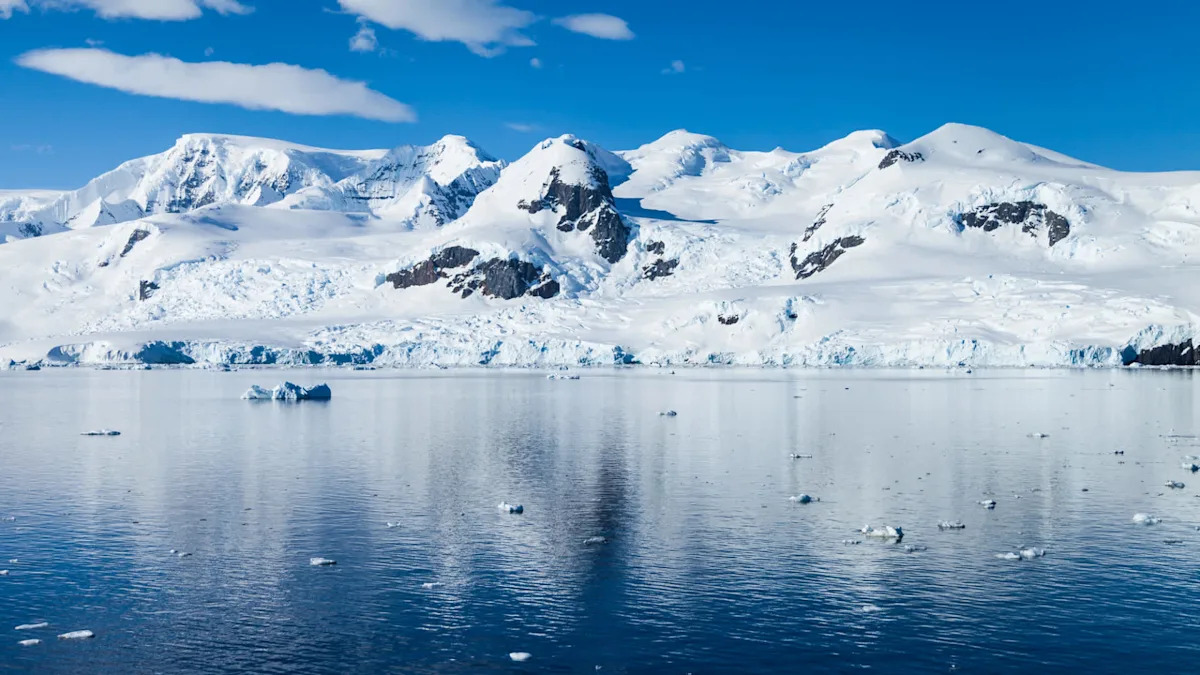A study has documented just how much damage ship anchoring causes to the sea floor.
What’s happening?
As Frontiers detailed, 36 underwater anchoring sites around the Antarctic were recorded between 2022 and 2023 by KOLASSAL, a California-based ocean conservation nonprofit.
Over the course of 62 hours of footage from these sites, researchers were able to determine sponge life being crushed and sea floor dust being kicked up into the surrounding area. Some even more sensitive life was close to being killed.
“The observed damage was a near miss to three giant volcano sponges, believed to be the oldest animals on the planet, which may live up to 15,000 years,” said lead researcher Matthew Mulrennan, per Frontiers.
Why is the Southern Ocean important?
Giant volcano sponges and other sponges filter water, sequester carbon, and provide shelter for the wider marine ecosystem. Organic growth and recovery are slow in the cold waters of the Antarctic. Even in tropical areas, anchor damage remains visible for a decade.
Worse still, many of the species living in this remote ecosystem are undocumented. Destructive anchoring in the Antarctic may directly or indirectly kill entire species without humans even knowing what vital roles they play in the biosphere.
The Southern Ocean sequesters carbon through zooplankton, krill, and the ice itself. Anchoring may inadvertently damage delicate seabed ecosystems that provide these kinds of important services, but the wider threat of ocean trawling actively aims to do so.
This fishing practice scrapes the ocean floor in order to indiscriminately accumulate as much sea life as possible. Much of it ends up as bycatch, leaving only a small portion of the catch as the target species. In the process, trawling disrupts a significant amount of undersea carbon sequestration.
What’s being done about sea floor anchor damage?
Researchers remain focused on learning more about the damage caused by anchoring in the Antarctic, and they suspect its scale is larger than expected.
“Anchoring is likely the most overlooked ocean conservation issue in terms of global seafloor disruption; it is on par with the damages from bottom trawling,” said Mulrennan, per Frontiers. “It’s a pressing environmental issue, but it’s out of sight, out of mind.”
As more information becomes available about the harmful impact of anchoring, it will be impactful to have representatives in government who are ready to make policies that protect the ocean.
Join our free newsletter for good news and useful tips, and don’t miss this cool list of easy ways to help yourself while helping the planet.

